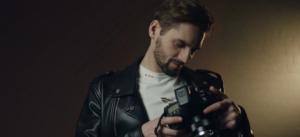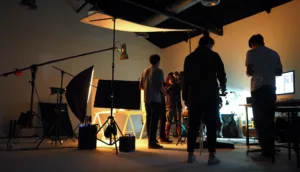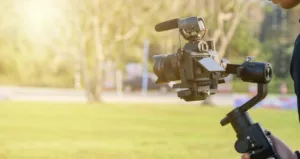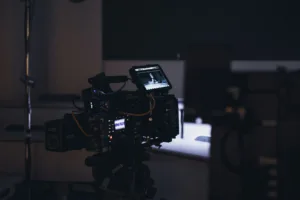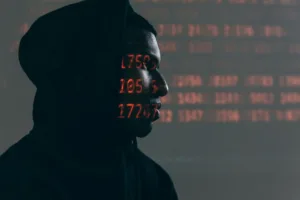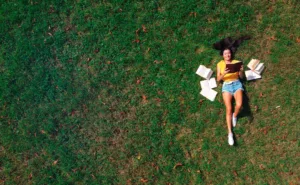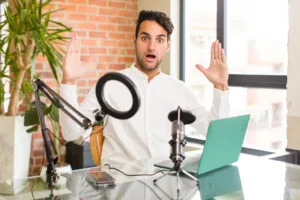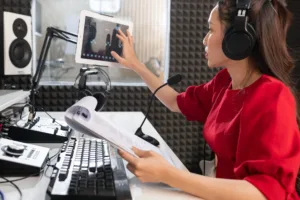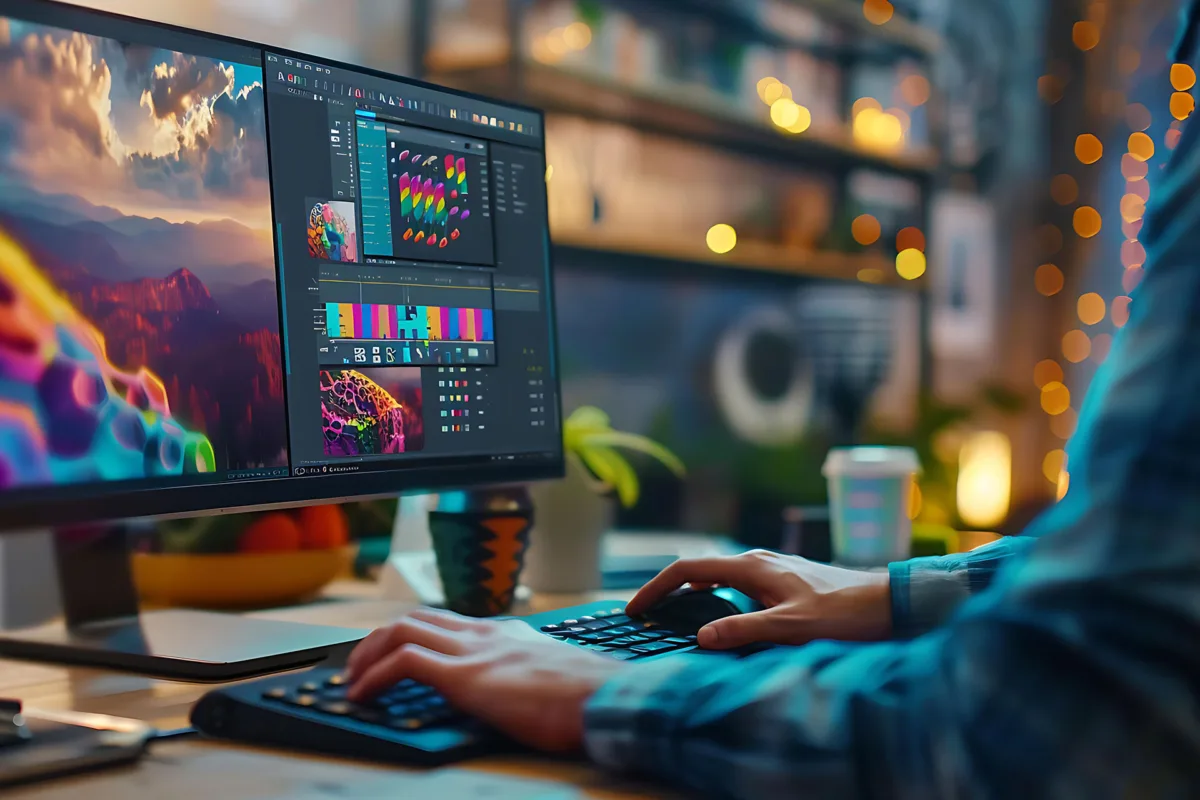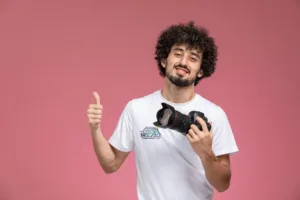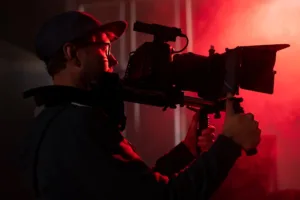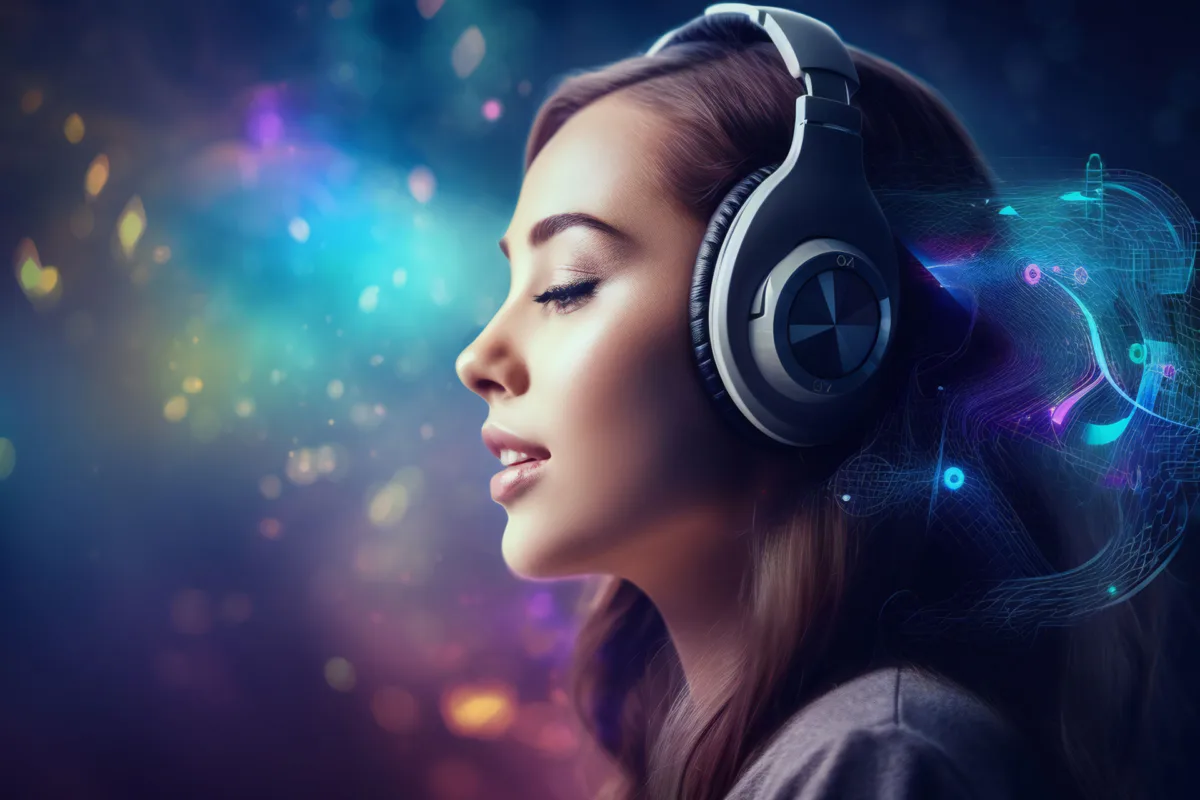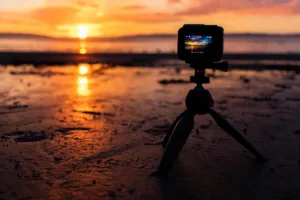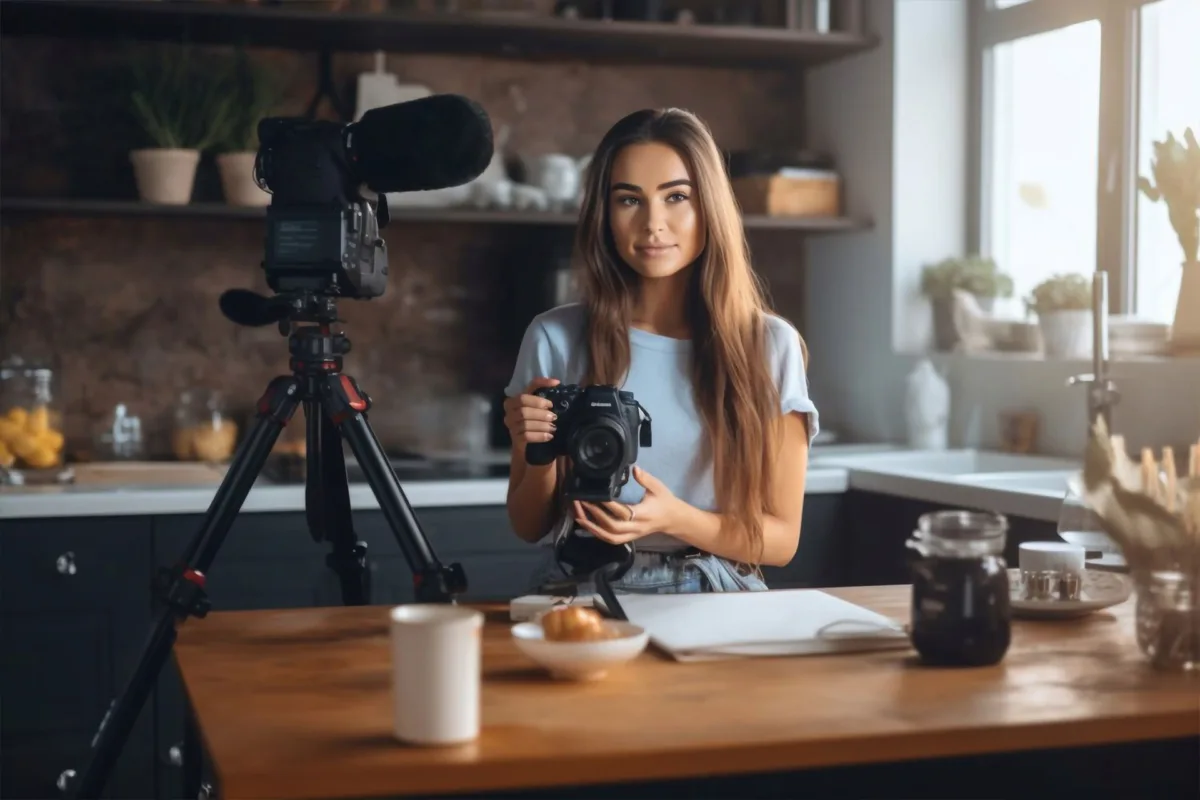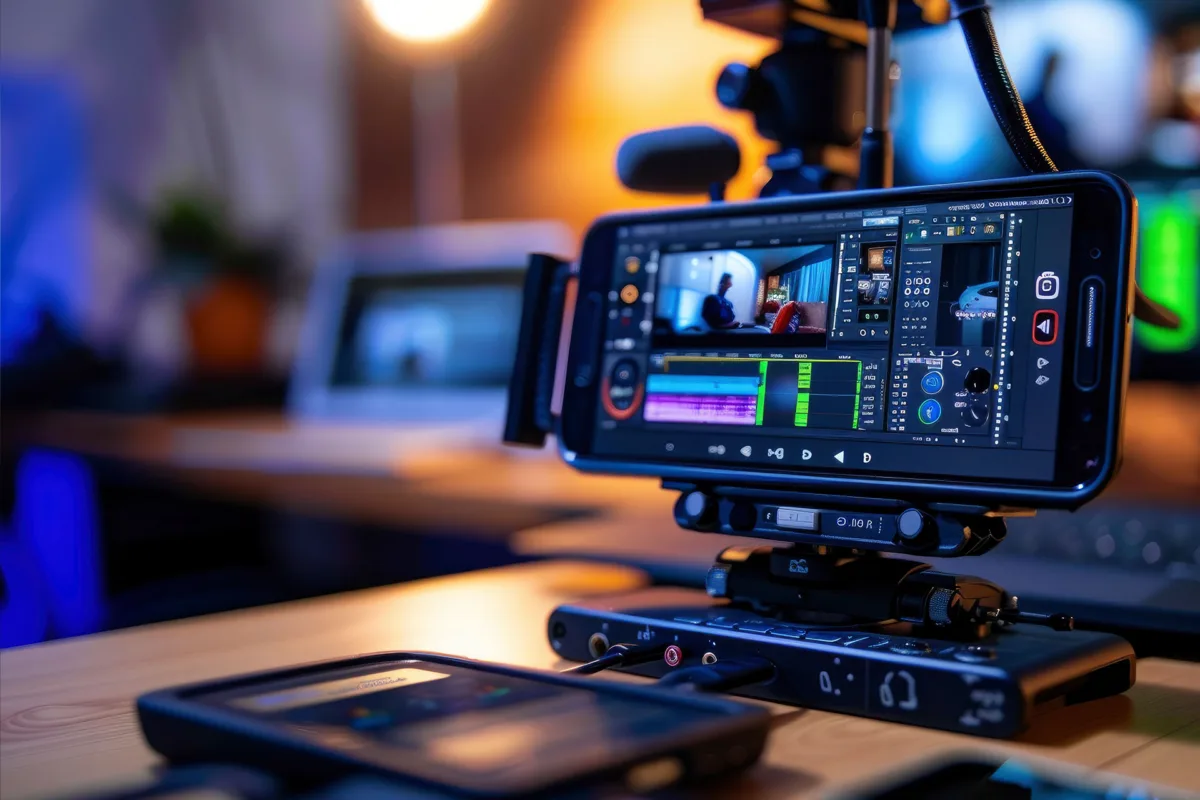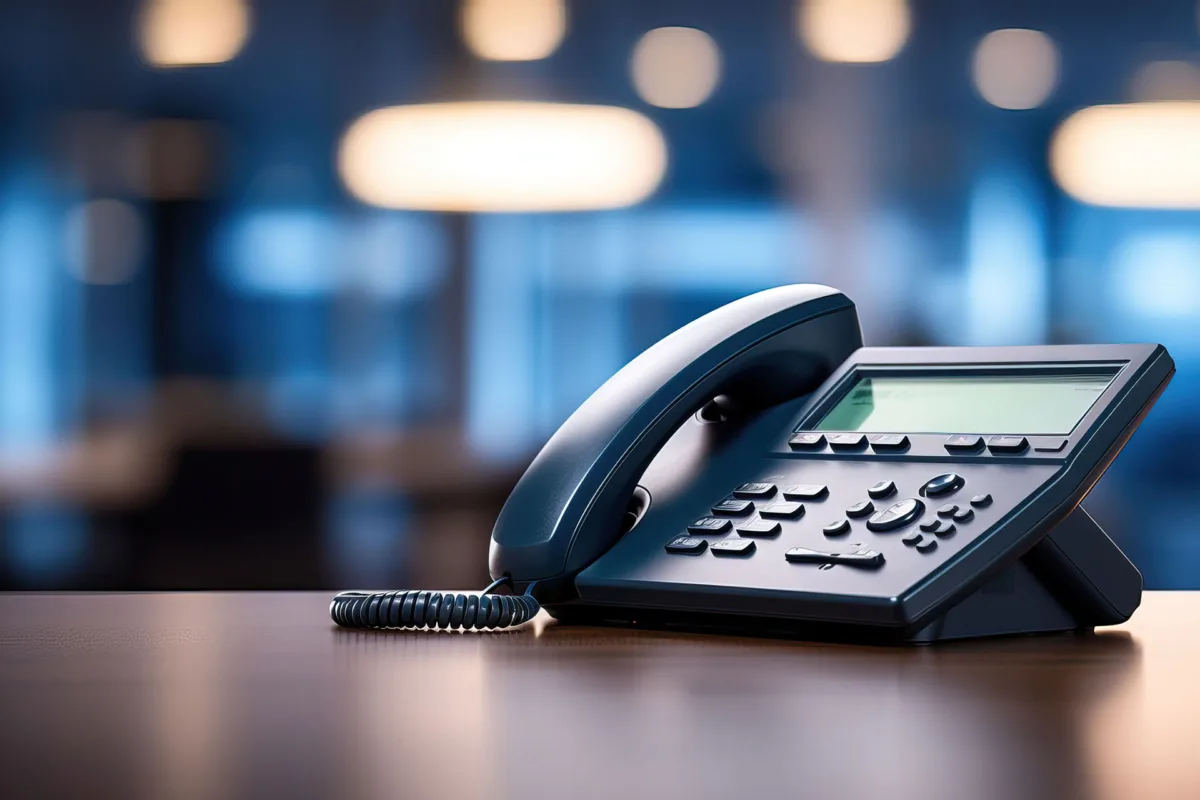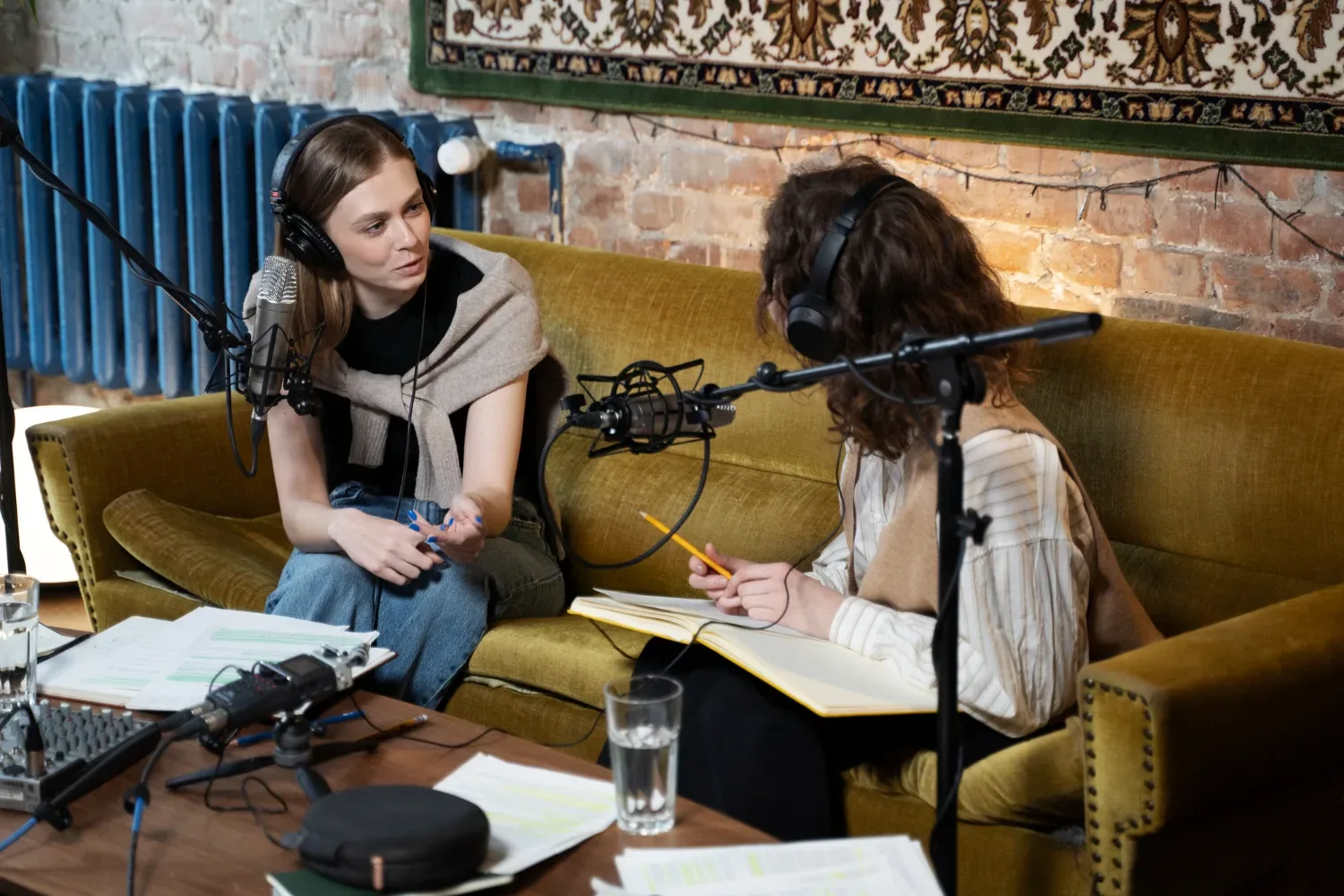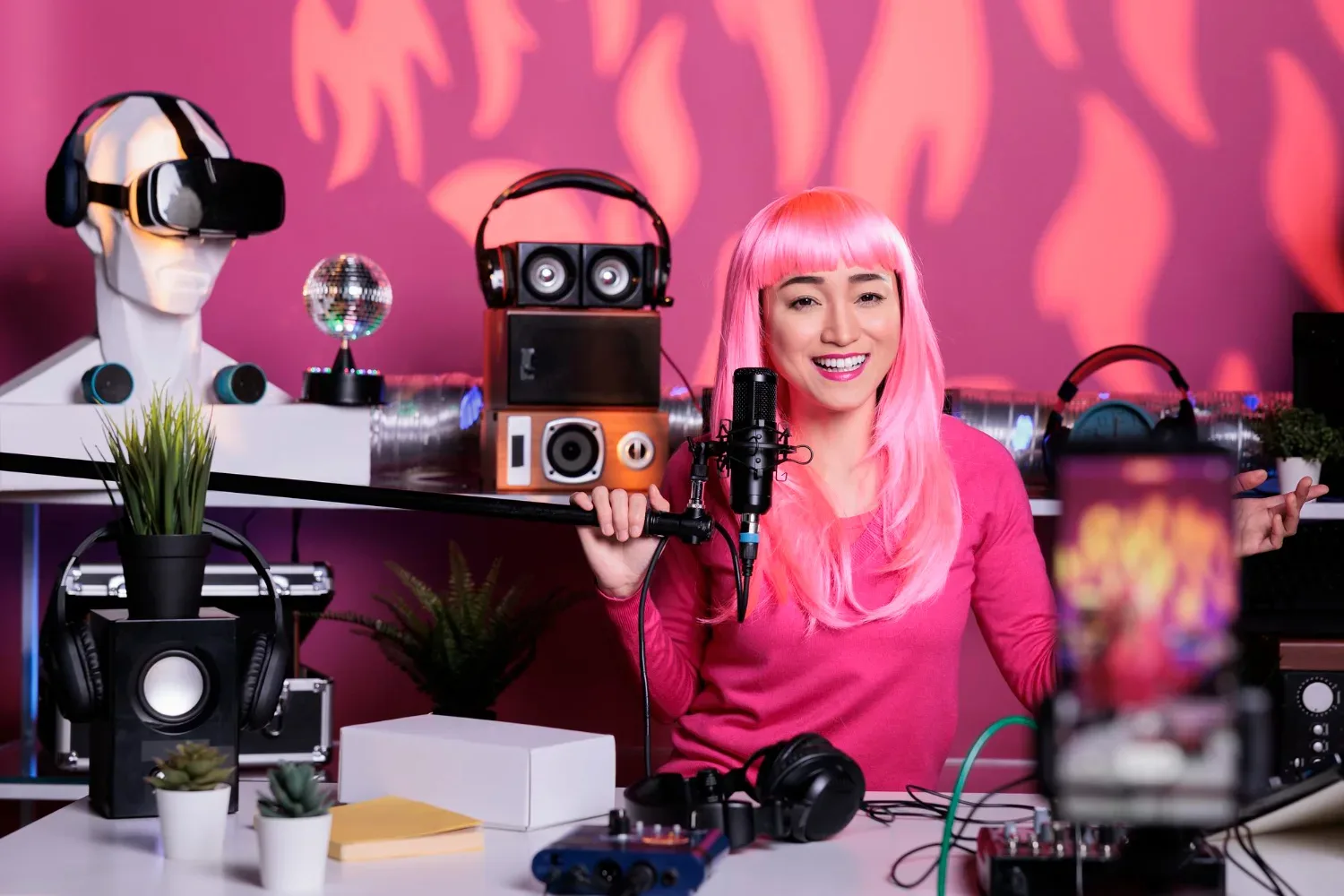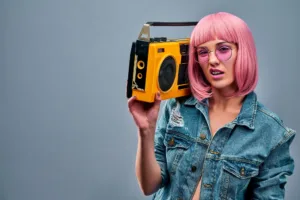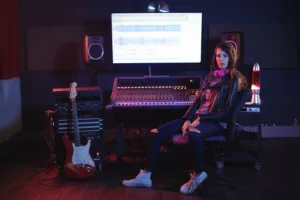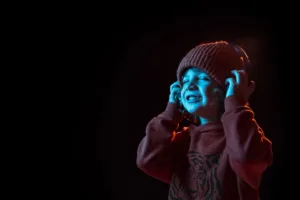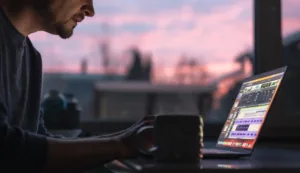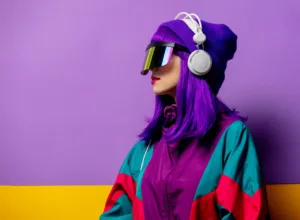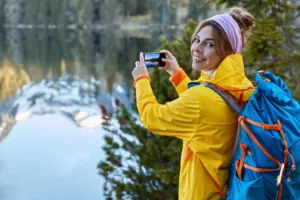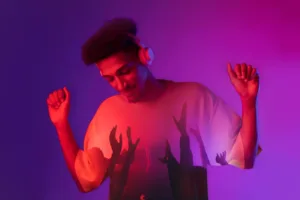7 Amazing Benefits of 432 Hz Music for Stress Relief and Meditation.
The Healing Power of 432 Hz Music: 7 Benefits of Listening to This Special Frequency
Music has always had an incredible impact on how we feel. Whether it’s a heart-pounding beat that gets you through a workout or a slow ballad that helps you unwind after a long day, music connects to our emotions uniquely and uniquely. But did you know that certain types of music can also help with meditation, relaxation, and even physical healing? Specifically, music tuned to 432 hertz (Hz) is believed to offer a host of benefits for both your mind and body.
In this post, we’ll dive into the world of 432 Hz music—what it is, why it matters, and how it differs from the more common 440 Hz frequency. Plus, we’ll explore seven distinct benefits of listening to 432 Hz music and how it can positively affect your mood, energy, and well-being.
Table of Contents
What is the 432 Hertz Frequency?
Before exploring the benefits, let’s understand what 432 Hz actually means. In simple terms, 432 Hz refers to the frequency at which a musical note is tuned. Most music you listen to is tuned to 440 Hz, which became the international standard in the mid-20th century to help musicians from different parts of the world stay in tune with each other. However, some people, especially in meditation and holistic healing, believe that 432 Hz, with its unique connection to the natural world and the human body, offers a more harmonious and soothing experience.
432 Hz may mimic frequencies found in nature, which can have a calming and grounding effect on listeners. While there isn’t much scientific proof that 432 Hz is objectively better than 440 Hz, many people report feeling more relaxed and emotionally connected when listening to 432 Hz music. This has sparked a growing trend, especially on social media, of people seeking music tuned to this frequency for its healing and relaxing properties.
432 Hz vs 440 Hz: What’s the Difference?
For those new to this concept, the difference between 432 Hz and 440 Hz might seem tiny. After all, there is only an 8 Hz difference. But for many listeners, that slight shift can make a world of difference in how music feels.
While 440 Hz is the established standard for tuning, 432 Hz feels more harmonious and soothing, particularly regarding relaxation and meditation. People who favor 432 Hz often describe it as “natural” and say it helps them feel more connected to themselves and the world around them.
Of course, there are plenty of skeptics out there. Some experts say the difference between 432 Hz and 440 Hz is mainly psychological—perhaps even a placebo effect. That is, the benefits people experience from 432 Hz music might be more about belief than any inherent quality of the music itself. However, as we’ll explore, there’s some evidence (both scientific and anecdotal) to suggest that 432 Hz might have unique effects on our minds and bodies.
7 Benefits of Listening to 432 Hz Music
Let’s get to the good stuff: the seven key benefits of tuning into music set to 432 Hz. Whether you’re new to this or have been curious about it, these benefits might give you the nudge to explore this healing frequency for yourself. To get you started, here are a few popular 432 Hz tracks from TuneCutter: It’s Comming, Tranquility, and Shimmering.
1. Reduces Stress and Anxiety
One of the most significant benefits of 432 Hz music is its potential to reduce stress and anxiety. This calming frequency has a soothing effect on the nervous system, providing a much-needed respite from the chaos of daily life. The potential of 432 Hz music to lower the production of cortisol, a stress hormone that contributes to feelings of anxiety and tension, is a promising aspect that many listeners find comforting.
Some people believe that 432 Hz music can actually lower the production of cortisol, a stress hormone that contributes to feelings of anxiety and tension. While there’s limited scientific research to back this up, the anecdotal evidence is pretty strong—many listeners report feeling noticeably more relaxed after just a few minutes of listening.
How to use this benefit: Try playing 432 Hz music in the background during your evening routine or as you wind down before bed. You can also listen during moments of stress, like before a big presentation or during your commute, to help calm your nerves.
2. Enhances Mental Clarity and Focus
Maintaining mental clarity and focus can be a constant challenge in today’s fast-paced world. Many who listen to 432 Hz music regularly report that it aids in concentration and clear thinking, making tasks such as work, study, or reading more manageable. The potential of 432 Hz music to help you concentrate and think more clearly is a valuable tool in the modern world, where distractions abound.
Many people regularly listen to 432 Hz music say it helps them concentrate and think more clearly. This could be because the frequency has a grounding effect, helping you stay present in the moment instead of getting lost in stress or distraction. In a sense, 432 Hz music might help you enter a flow state, where work or study becomes more accessible and enjoyable.
How to use this benefit: Play 432 Hz music in the background while working, studying, or reading. It can help you stay focused, especially during tasks that require deep concentration.
3. Promotes Healing and Pain Relief
Some claims that 432 Hz music can promote physical healing and reduce pain. While these claims are still up for debate in the scientific community, the idea is that the vibrations produced by this frequency can positively affect your body’s cells, promoting a healing response.
Some people believe that 432 Hz music can help speed up recovery from injuries or reduce chronic pain, though more research is needed to confirm this. Regardless, it’s clear that music, in general, has been used for centuries as a form of therapy to help people heal, both physically and emotionally.
How to use this benefit: If you’re dealing with pain or recovering from an illness or injury, try incorporating 432 Hz music into your healing routine. You can listen while resting or practicing other forms of healing, like massage or physical therapy.
4. Improves Sleep Quality
If you struggle with falling asleep or staying asleep, you’re not alone. Millions of people around the world deal with some form of insomnia or sleep disturbances. Luckily, 432 Hz music could help.
Many people find that music tuned to 432 Hz helps them fall asleep faster and sleep more deeply. This could be because of its calming effect on the mind and body, making it easier to let go of the day’s worries and drift into sleep. Additionally, some studies have shown that calming music can improve sleep quality, so it’s no surprise that 432 Hz might have similar effects.
How to use this benefit: Create a nighttime playlist of 432 Hz music to help you relax before bed. You can set a sleep timer so the music fades out as you fall asleep, helping you ease into a peaceful night’s rest.
5. Supports Physical and Mental Energy Levels
Ever feel sluggish or low-energy, even after a good night’s sleep? Music tuned to 432 Hz boosts your physical and mental energy levels. Some people believe this frequency aligns with the body’s natural rhythms, helping to restore balance and vitality.
After listening to 432 Hz music, many people feel energized, vibrant, and ready to tackle their day. This could be due to the frequency’s ability to align the body and mind, creating a sense of harmony that supports overall health and energy.
How to use this benefit: Listen to 432 Hz music in the morning or during your afternoon slump to boost your energy. It’s a great alternative to caffeine or sugar when you need a little pick-me-up.
6. Deepens Emotional Connection
One of the more unique benefits of 432 Hz music is its ability to deepen your emotional connection to the music—and, by extension, to yourself and others. Many listeners say that music tuned to 432 Hz feels more emotional and comforting, which can make it easier to connect with your feelings.
This emotional connection can be significant during music therapy or other therapeutic practices where emotional release is essential. It’s also helpful in everyday life, helping you feel more in tune with your emotions and better able to express them.
How to use this benefit: Use 432 Hz music during emotional moments, like journaling or reflecting on your day. You can also use it during therapy or other emotional practices to help you connect with your feelings on a deeper level.
7. Improves the Listening Experience
Finally, one of the most straightforward but enjoyable benefits of 432 Hz music is that it just sounds good. Many people who prefer 432 Hz say it creates a more balanced, clear, and harmonious sound than 440 Hz. This makes the music more enjoyable to listen to, which can enhance your overall experience.
Whether or not you believe in the more spiritual benefits of 432 Hz, it’s clear that many people find it to be a more pleasant listening experience. And let’s face it—anything that makes music sound better is a win in our book!
How to use this benefit: Explore different genres of 432 Hz music and see how it compares to your usual listening experience. You might be surprised at how much you enjoy the difference!
How 432 Hz Music Can Support Meditation and Relaxation
If you’re someone who practices meditation, yoga, or any form of mindfulness, 432 Hz music could be a great addition to your routine. Because of its calming and grounding effects, many people find that it enhances their meditation practice, helping them reach deeper states of mindfulness and relaxation.
Here are a few ways 432 Hz music can support your meditation practice:
- Facilitates more profound meditation: The calming nature of 432 Hz music can help you quiet your mind and drop into a meditative state more easily.
- Enhances tranquility and peace: The soothing vibrations can create a peaceful atmosphere, perfect for relaxation or meditation.
- Aligns body and mind: The frequency may help align your body and mind, improving your sense of balance and well-being.
- Improves focus and intentionality: If you struggle with staying focused during meditation, 432 Hz music might help clear away distractions and improve your concentration.
How to use this benefit: Play 432 Hz music during your following meditation or yoga session and notice how it affects your experience. Many people find that it enhances their practice and helps them feel more connected to the present moment.
Stay Calm
Whether you’re looking to reduce stress, improve sleep, or enhance your listening experience, 432 Hz music offers a wide range of potential benefits. While scientific research on the frequency is still limited, the anecdotal evidence is strong, with many people reporting improved mental and physical well-being after incorporating 432 Hz music into their lives.
So why not give it a try? Next time you need a little extra calm or focus, pop on some 432 Hz music and see how it affects you. You might find that this simple shift in frequency makes a world of difference in how you feel.
Happy listening!








